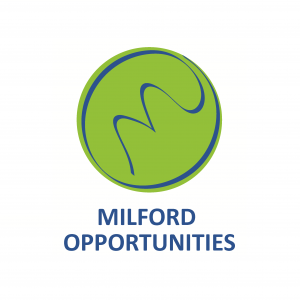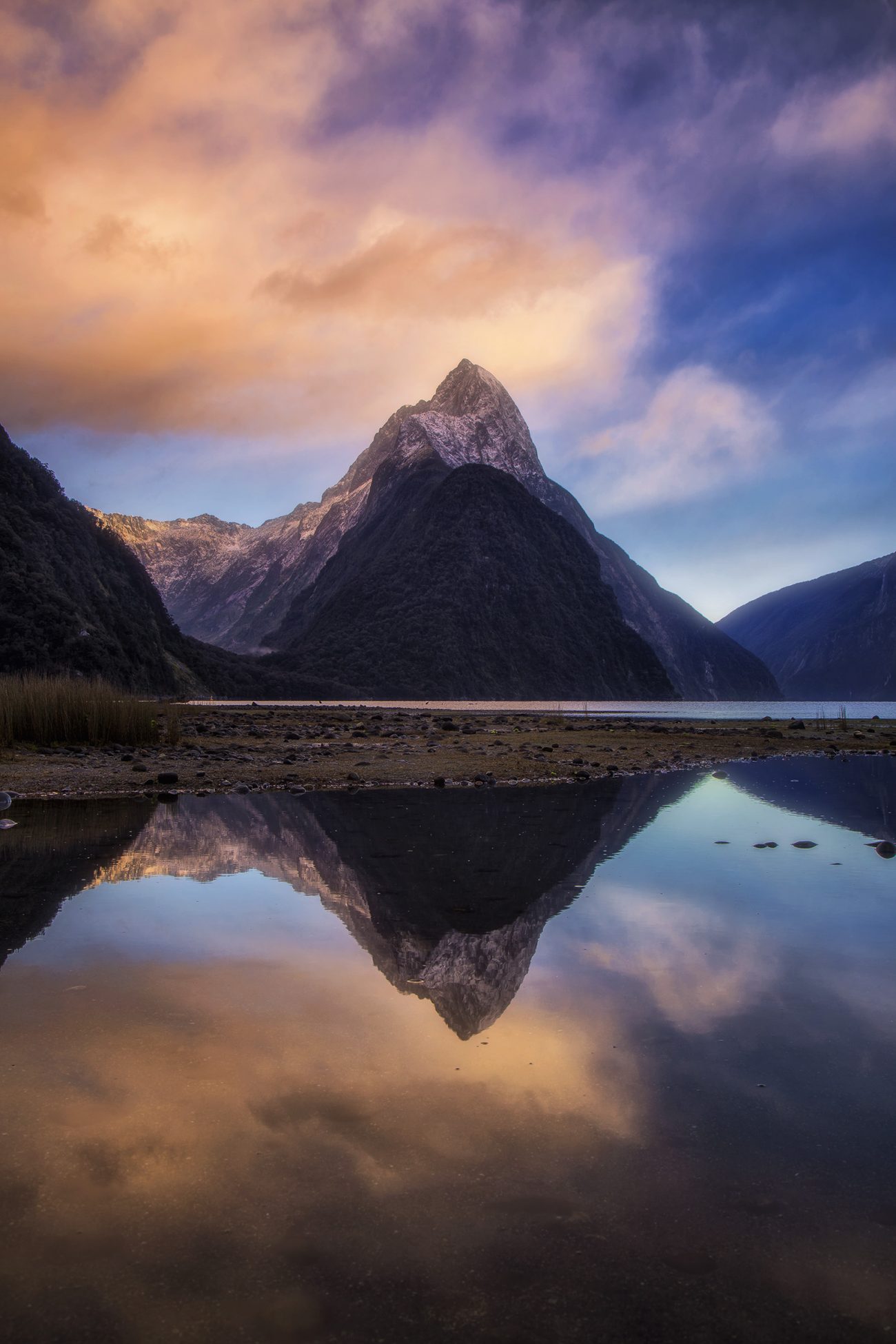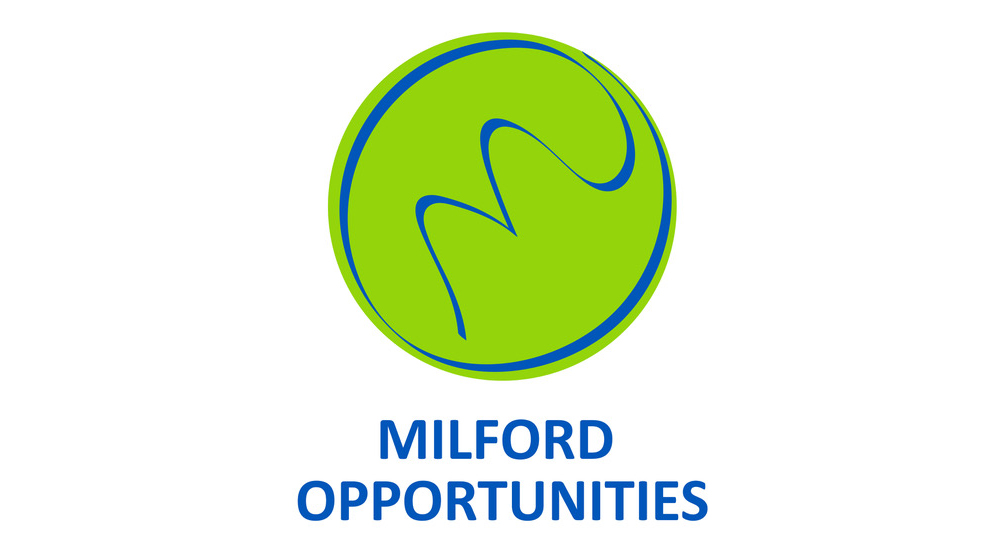Project team update
Stantec, Boffa Miskel, Kauati, Martin Jenkins, Natural Resources Law, Visitor Solutions, Fresh Info, ECPC and Build Media make up the Milford Opportunities project team, led by Russell Halliday, from Stantec.
Stantec specialises in district and regional planning development, environmental plans, sustainable development, public consultation and Maori consultation. Boffa Miskell specialises in assessment/research, planning and strategic policy advice, management and monitoring as well as master planning.
The impacts of the February flooding on the Fiordland community and then Covid-19 on the global economy have been significant. The COVID lockdown forced the project team to work differently to what was initially planned. Engaging digitally and working the extensive networks of relationships has proven effective and the project is still on track.
Despite the impacts of recent events, the agencies and organisations involved in the project have managed to engage well on the developing project and have been responsive to opportunities during this time of great change and disruption.
Te Tiriti o Waitangi
The multi-agency project Governance group, made up of business, Government, NGO and mana whenua representatives has adopted a Treaty of Waitangi-based approach to engagement on the project.
The project was founded on seven pillars including that the outcomes of the project integrate the values of mana whenua. These pillars were developed in the first round of engagement in 2017-18 by working with communities in Milford, Te Anau and Queenstown. By adopting a treaty-based approach consistent with community expectations, Government, Ngai Tahu and the community can have greater confidence that the solutions we help the community identify will be feasible, practical, achievable and ambitious and improve the way we work together when delivering the masterplan.
Baseline
Partner agencies and other interested organisations have contributed a great deal of data to support the current state assessment of the environment, major assets, visitor experience and socio-economic trends.
Refining the scope of the project has been a key element in this process as there are many scales of interest. Milford Sound Piopiotahi and the Milford Road are the first layer of focus. This is where the greatest number of visitors come to experience Fiordland. This level of focus considers how tourism is impacting the environment and how the economy is responding.
The role of Te Anau, Manapouri and the Waiau River catchment is the next layer of focus where we start to consider how to sustainably grow and enhance the conservation and economic opportunities in a way that is consistent with the community’s aspirations. Here we need to consider how we protect our environment and at the same time improve the visitor experience so that the contribution tourism makes to the area is aligned with community expectations and integrates in a sustainable way with other tourism gateways, such as Queenstown and Invercargill.
Working with our communities
We have established reference groups to help us leverage off the strong spirit of collaboration present in Fiordland and to help identify and address systemic and cultural barriers that may impede progress towards the project’s goal that: Milford Sound Piopiotahi maintains its status as a key New Zealand visitor icon and provides a world-class visitor experience that is accessible, upholds the World Heritage status, national park and conservation values and adds value to Southland and New Zealand.
Our reference groups include:
- Conservation and environment
- Park access
- Aviation
- Business and tourism
- Asset and statutory management
In the first round of workshops we validated what we had learned from the analysis phase of the project. The project team is preparing for the next round of workshops with the reference groups presently.
Over lock-down we had to work virtually so June represented a welcome opportunity to meet with people face to face, in many circumstances, for the first time. Each time we meet with people we are joining more and more dots in our analysis. In July we hosted drop-in sessions in Te Anau and Queenstown to give stakeholders an opportunity to hear more about the project and to contribute to the optioneering process by sharing their own ideas and providing feedback on the ideas of others.
Next steps
The options that are being identified mostly represent the ideas and aspirations that have been discussed in the community for years but you will also see some that may be new to most. The next phase will involve comparing options and testing them out with impacted groups and potential implementation partners. At the end of this phase, there will be an opportunity for the public to get involved in the final public engagement in October.

